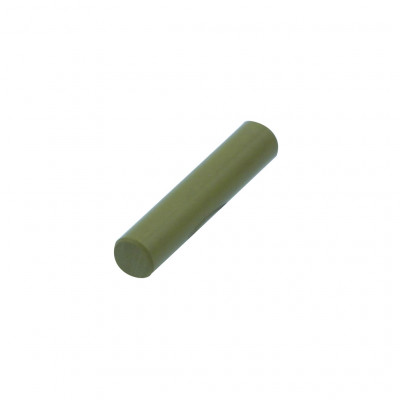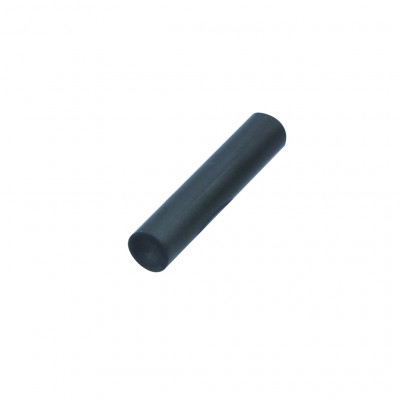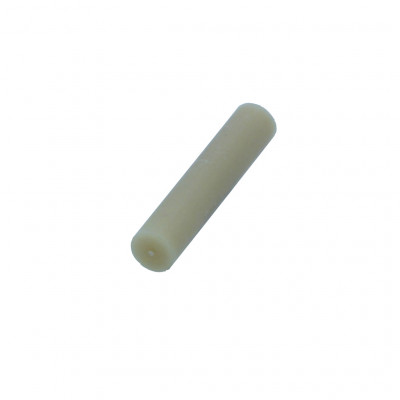Search products
Categories
Search product
Categories
Fluorosint® 207 (PTFE+Mica)
Brand: 
- Extremely high maximum operating temperature in air
- Excellent chemical and hydrolysis resistance;
- Good resistance to wear
- Low friction coefficient;
- Physiologically inert;
Interested in this product?
The composition of the raw materials used to produce FLUOROSINT® 207 is suitable for contact with food, in compliance withthe EU/FDA standards.
The good mechanical performances of the FLUOROSINT® range combined with a remarkable chemical and hydrolysis resistance make this formulation the ideal solution for a variety of possible applications in the food, pharmaceutical, and medical industries.
FEATURES
- High maximum operating temperature in air (+260 °C continuously)
- Excellent chemical and hydrolysis resistance
- Good resistance to wear
Low friction coefficient;
- Very good dimensional stability
- Physiologically inert
- Good electrical insulating properties
- remarkable resistance to UV radiation and weathering;
- Low intrinsic flammability.
| Properties | ISO / (IEC) standard | Unit of measurement | Value |
| General properties | |||
| Colour | White | ||
| Density | 1183-1 | g/cm3 | 2.3 |
| Water absorption: | |||
| - after 24/96 h immersion in | 62 | mg | -/- |
| water at 23 °C | |||
| 62 | % | -/- | |
| - at saturation in air of 23 °C / 50% RH | -- | % | <0.1 |
| - at saturation in water of 23 °C | -- | % | 01-02 |
| Thermal properties | |||
| Melting temperature | 11357-1/-3 | °C | 327 |
| Glass transition temperature | 11357-1/-2 | °C | -- |
| Thermal conductivity at 23 °C | - | W (K.m) | -- |
| Average coefficient of linear thermal expansion: | |||
| - average value between 23 and 100 °C | - | m/(m.K) | 85x10-6 |
| - average value between 23 and 150 °C | - | m/(m.K) | 90x10-6 |
| - average value above 150 °C | - | m((m.K) | 155x10-6 |
| Deflection temperature under load: | |||
| - method A: 1.8 MPa | 75-1/-2 | °C | 100 |
| Max. operating temperature in air: | |||
| - for short periods | - | °C | 280 |
| - continuously: min. 20,000 h | - | °C | 260 |
| Min. operating temperature | -50 | ||
| Flammability: | |||
| "Oxygen index" | 4589-1/-2 | % | ≥95 |
| - according to method UL 94 | - | - | V-0/V-0 |
| (1.5/3 mm thickness) | |||
| Mechanical properties at 23 °C | |||
| Tension test | |||
| - Tensile stress at yield / Ultimate tensile strength | 527-1/-2 | MPa | 10/- |
| - Tensile strain at break | 527-1/-2 | % | >50 |
| - Tensile modulus of elasticity | 527-1/-2 | MPa | 1450 |
| Compression test | |||
| - Compressive stress at 1% nominal strain | 604 | MPa | 10.5 |
| - Compressive stress at 2% nominal strain | 604 | MPa | 15 |
| Charpy impact strength - unnotched | 179-1/1eU | kJ/m2 | 30 |
| Charpy impact strength - notched | 179-1/1eA | kJ/m2 | 7.5 |
| Ball indentation hardness | 2039-1 | N/mm2 | 40 |
| Rockwell hardness | 2039-2 | - | R 50 |
| Electrical properties at 23 °C | |||
| Dielectric strength | (60243-1) | kV/mm | 8 |
| Volume resistivity | (60093) | Ohm.sq | >1013 |
| Surface resistivity | ANSI/ESD | Ohm.sq | >1013 |
| STM 1111 | |||
| Relative permittivity Â: | 60250 | -- | -- |
| at 100 Hz | |||
| at 1 MHz | 60250 | -- | 2.65 |
| Dielectric dissipation factor. tan ‰: | 60250 | -- | -- |
| at 100 Hz | |||
| at 1 MHz | 60250 | -- | 0.008 |
| Comparative Tracking Index | 60112 | -- | -- |
| (CTI) |
Although the information provided in this product data sheet is confirmed by reliable research, POLITECNICA CETAI shall not take any responsibility for the application, processing or use of such information.



Share